
After months of trade speculation, 22-year-old guard and former Red Raider Jarrett Culver has been traded away from the Minnesota Timberwolves. He joins the Memphis Grizzlies as part of a trade package that sent veteran guard Patrick Beverly back to the Wolves. This trade means that Culver’s career in Minnesota ended only halfway through his rookie deal.
This move should not have come as a surprise to anyone who has followed Culver’s career closely. The writing for this divorce has been on the wall ever since the T-Wolves drafted Anthony Edwards No. 1 overall in the 2020 NBA Draft and inked Malik Beasley to a 4-year, $60 million contract within 48 hours of each other last November. Both Edwards and Beasley play the same position as Culver. This moved him this past season either to the bench or to the unnatural power forward spot.
While it would be easy to sit around and blame Culver alone for his inability to pull ahead in Minnesota, the truth is that there is a bit more to it than that. I remember watching the 2019 NBA Draft at home in the summer of that year. I was rooting for two things to happen. First, for the Murray State point guard Ja Morant to somehow fall to the New York Knicks at No. 3, and second, for Jarrett Culver to be picked No. 4 overall by the Atlanta Hawks.
I was enamored with the Damian Lillard-Esque potential of Morant, and I also figured that Culver’s unique skill set could be utilized playing alongside promising young pieces like Trae Young and John Collins. Instead, Morant headed to the Grizzlies with the second pick, and Culver went to the T-Wolves with the sixth pick. Both outcomes bummed me out, but the Culver to Minnesota pick bothered me way more. To understand why that is, you have to get to know the T-Wolves as I do.
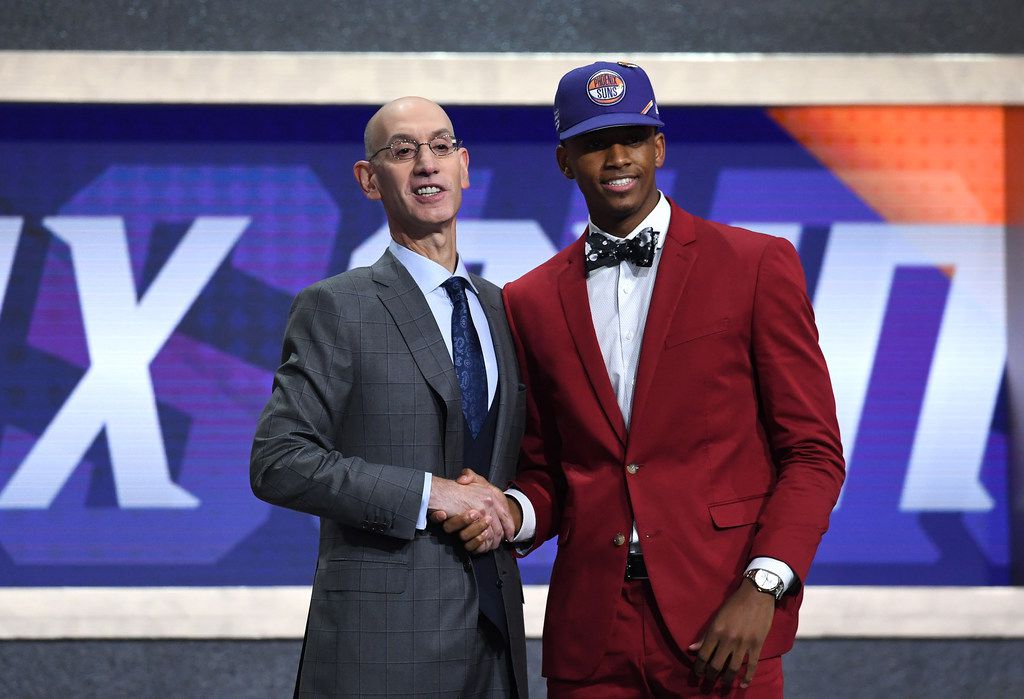
Where to begin with the Minnesota Timberwolves? Let us dive into the quantifiable side of things first. The T-Wolves had their best season ever as a franchise in the 2003-2004 season when they won 58 games, had the league MVP in Kevin Garnett, and reached the Western Conference Finals where they took the Shaq and Kobe Lakers to six games. Pretty impressive, right? With Garnett only 27 and veteran pieces like Latrell Sprewell and Sam Cassell staying in Minnesota, the team appeared to be set up well for the future.
But in the 17 years since that WCF appearance, the T-Wolves have the most sub-20 win seasons in the NBA (with four!) and tied for the fewest number of .500 or better seasons with just two. Their peak season of the last 17 years also saw fewer total wins than every other NBA team’s peak season in that span. In that peak season, Minnesota went 47-35 in 2017-2018 with a squad that featured two all-star caliber players (Karl Anthony-Towns and Jimmy Butler) and two others that were not too far behind (Andrew Wiggins and Derrick Rose). They did not make it past the first round that year.
In other words, their lows have been lower, and their highs have been lower. They have also seen 10 different head coaches in the last 17 years (including Flip Sauders and Kevin McHale, each having two stints), held the first overall pick three separate times, and fractured their relationships beyond repair with two separate franchise players (Kevin Garnett and Jimmy Butler). I’ll leave you with this last fact. In the 2009 NBA Draft, the point guard-needy T-Wolves had two picks in the top 10 of the draft. They wound up taking Ricky Rubio and Jonny Flynn fifth and sixth overall, respectively. Who was the seventh pick? Stephen Curry. They took not one, but TWO other point guards instead of taking Curry, who would go on to become the most electrifying player of his generation. Ugh. Unquantifiable damage right there.
The Timberwolves of the last 17 years have objectively been one of the worst-run franchises in the NBA with a pretty legitimate case for the top spot. Sorry if this offends any T-Wolves fans out there. My loyalty to the New York Knicks should give me some credibility on my bad NBA team takes.
How has this affected Jarrett Culver’s NBA career? It’s unquantifiable, unfortunately. He averaged 7.8 points, 3.3 rebounds, and 1.4 assists per game across his two seasons with the lowly T-Wolves, who failed to win more than 23 games in a season while he was there. His stats are mediocre, but his shooting splits are the only legitimately concerning part of his game as a 22-year old prospect. He’s shot so far .408% from the field, .503% from the free-throw line (yikes), and .288% from three-point range (double yikes) in his NBA career.
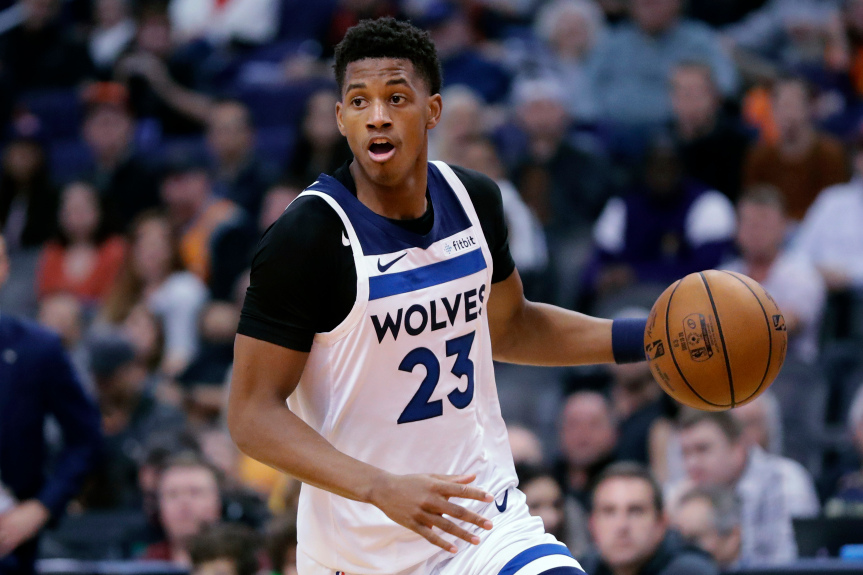
That being said, what would his stats have looked like if he’d been playing in a more stable system instead of two head coaches in two years? What would they look like if he’d been playing with an above-average playmaker (Trae Young perhaps) for the past two years to make life easier for him? What would they look like if the team that drafted him was willing to play him more minutes at an appropriate position to let him grow more as a player? We’ll never know. But what we do know is that it’s not too late for him. Not yet anyway.
I will use three separate players as examples to explain why Jarrett Culver still has the chance to turn his NBA Career around. Let’s start with the guy who just inked a 3-year, $90 million deal with the Miami Heat.
Kyle Lowry
What does Kyle Lowry have in common with Jarrett Culver? Just one thing. They were both first-round picks that went to the wrong team. Lowry (24th overall) and Culver (6th overall) were taken at very different parts of the first round, but at the end of the day, they were both taken by a team ill-equipped to play the long game with their newfound assets.
Memphis, the team that took Lowry in 2006, actually could have played the long game and, for whatever reason, chose not to before they shipped him to the Houston Rockets, where he became a legitimate asset. Flash forward 15 years, and the guy has six All-Star appearances and one All-NBA appearance on his belt. He was also the second-best player on a champion for the 2019 Toronto Raptors. Now he’s headed to South Beach to team up with former Timberwolf Jimmy Butler on an incredibly talented Miami Heat team. For Lowry, it was his third team where he finally reached his potential.
Zach LaVine
This one is extra fun because the team that took LaVine and couldn’t get him to reach his potential was also the T-Wolves. I know. Shocking, right? LaVine was the 16th pick in the 2014 NBA Draft, and for the first three years of his career, he was little more than the guy who won a couple of wildly entertaining dunk contests. Sure, he did average more than 18 points per game in that third year, but not many were taking him seriously when he was shipped to the Chicago Bulls as part of a package that saw Jimmy Butler moved to the T-Wolves.
Now he’s a perennial all-star and has a legitimate chance at winning the scoring title within the next few years should the team around him stay healthy and competent. LaVine will make just under $20 million from the Bulls in 2021-2022 and is in line for a hefty raise next offseason. For LaVine, it was his second team where he flourished.
Julius Randle
Randle is the most extreme example of this idea that talented players can flourish with the right team because nobody on earth besides Randle and maybe his trainer ever thought that he could become as good as he has become. If they tell you otherwise, then they’re lying. Randle was the 7th overall pick in the 2014 NBA Draft to the Los Angeles Lakers. They subsequently spent the first two years of Randle’s playing career hosting Kobe’s retirement celebration tour and won very few games.

Later, after a brief stint with the New Orleans Pelicans, Randle signed with the New York Knicks as a free agent and became almost overnight an All-NBA caliber player. Why? Because the Knicks were willing to put him in a situation where he could succeed and play best to his strengths. Randle found his home on his third NBA team and recently signed a 4-year, $117 million deal to prove it.
Conclusion:
A player cannot be accurately judged by a small sample size of their play while on a franchise unfit to utilize their skills, especially when that player was once deemed worthy of a lottery pick (top 14) in the NBA Draft. Many other examples of first-round talents did not get better until they found themselves on a team that helped them do so. Evan Fournier, Victor Oladipo, and Brandon Ingram are some recent examples. Chris Webber is the best all-time example (The no. 1 overall pick became a superstar on his third team).
But there are still exceptions to the rule. Those that succeed no matter where they go because they are simply too good to fail (Joel Embiid, Anthony Davis, Zion Williamson, etc.) and those who fail no matter where they go because they simply weren’t good enough to succeed. That second group is typically referred to as the “bust” category, made up of highly drafted players who couldn’t for whatever reason make it as a professional. With every prospect, there is both “star” and “bust” potential involved.
Another way to look at it is a player’s perceived “ceiling” or “floor.” Simply put, it’s how good and bad a prospect can conceivably turnout. So does Jarrett Culver have bust potential right now? Absolutely. On the surface, he’s tried and failed on his first team and done nothing else. As someone who believes that Culver can succeed in the NBA, know that Culver has just not found the right team for him to succeed on yet, as well as hammer down the point that his sample size as an NBA wing is just too darn small for us to judge him accurately.
Maybe the Grizzlies can be the team for him. They have a young squad centered around an elite player in Ja Morant, they have other young talented pieces like Jaren Jackson Jr. and Brandon Clarke, and they have few reliable options on the wings. At first glance, it was a match made in heaven. It boils down to two big questions for me. Will the Grizzlies offer Culver significant minutes over Ziaire Williams and Desmond Bane to see him grow? And will Culver be able to separate himself enough in practice to earn minutes over the likes of Dillon Brooks, Kyle Anderson, and the aforementioned wings? I hope so.
His shooting splits do have to improve. That’s just the truth. Culver needs to be good, but he also needs to be lucky. I cannot stress it enough; Culver needs to find a team that will allow him the chance to succeed. The T-Wolves were not in a position to do that, which was just bad luck for Culver. James Worthy going to the Lakers is the perfect example of good luck in the draft and Carmelo Anthony not going to the Detroit Pistons is a great example of bad luck. These things can alter careers drastically. That’s why I will never criticize a player for pulling an Eli Manning on a team that drafts them. If Carmelo went to Detroit in 2003 and won a title or titles with the Pistons, would we think of him the same as we do now? I didn’t think so.
Will Culver succeed in Memphis? It comes back down to two major points with these first-rounders who could not make it with the teams that drafted them. Can he continually improve on a team that is right for him? And does that team exist in the first place? Whether Culver’s career takes off from here or doesn’t, this move to Memphis (or more accurately, away from Minnesota) was the best thing that could have happened to him.












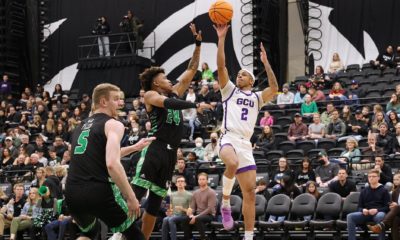


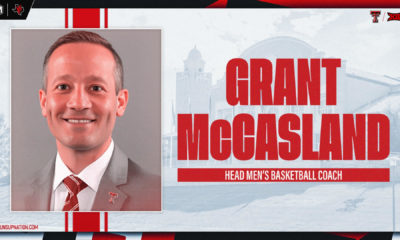

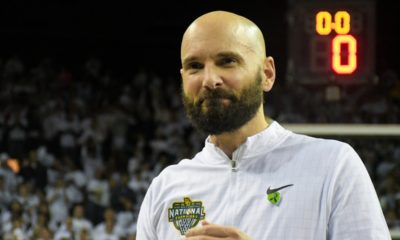

He would be a better fit in San Antonio where Pop could help develop him like he has for so many other players.
Levine was injured.